Web Developer Portfolio

Why Having a Web Developer Portfolio is Essential?
A portfolio is your digital handshake in the professional world. It highlights your relevant projects, personal achievements, and technical proficiency. More than just a resume, it offers a comprehensive overview of your career journey, showcasing your growth and expertise in programming languages and development tools.
Providing a Comprehensive Overview of your Career Journey
A web developer portfolio allows you to present a cohesive timeline of your career journey. This includes information about your previous employment, freelance experience, educational background, and any relevant internships or volunteering opportunities. By providing a comprehensive overview of your career, you can give potential clients or employers insight into your professional growth, experience, and overall trajectory.
Showcasing Creativity and Creating an Impactful Design Skills
The design of your portfolio speaks volumes about your capabilities as a web developer. It’s essential to choose the right colors and palettes that reflect your professional identity. Incorporating animations and interactive elements can make your portfolio stand out, but it's vital to balance these with clean and modern design principles to ensure your website remains accessible and easy to navigate.
As a web developer, it is important to showcase not only your technical skills but also your creativity and design abilities. A visually appealing and well-designed portfolio can demonstrate your eye for aesthetics and your ability to create engaging user interfaces. Including screenshots or links to live projects can provide potential clients or employers with a tangible example of your design skills.
Highlighting Relevant Projects and Personal Achievements
A portfolio allows you to showcase your best work and highlight specific projects that demonstrate your expertise in different areas of web development. By featuring a diverse range of projects, you can showcase your versatility and ability to tackle various types of projects. Additionally, including personal achievements such as certifications, awards, or recognition helps further establish your credibility in the industry.
Demonstrating Technical Skills and Proficiency in Programming Languages
Including a section that outlines your technical skills and expertise in different programming languages is important for potential clients or employers to assess your capabilities. By providing a clear overview of your skills, you can demonstrate your proficiency and attract clients or employers who require specific technical expertise.
Stand Out from the Competition
In a saturated market, having a web developer portfolio sets you apart from the competition. It allows you to differentiate yourself by showcasing your unique skills, projects, and personal brand. By presenting your work in a professional and organized manner, you can make a lasting impression on potential clients or employers.
Staying on Top of Current Trends and Technologies
The tech world is ever-evolving, and so should your portfolio. Keep abreast of current trends and technologies by following industry blogs and news sources. Continuous learning and experimentation with new design styles and techniques will ensure your portfolio remains relevant and compelling. For developers looking to enhance both performance and SEO, consider exploring our guide on Integrating Orbitype with Nuxt.js for Optimal Performance and SEO to stay ahead in delivering high-performing web applications..
Leveraging Social Proof and Professional Network
Your portfolio should also serve as a platform for showcasing your professional network and previous clients. Integrating social media accounts and professional profiles can enhance your online visibility. Highlighting awards and recognitions further underscores your expertise and achievements in the field.
Tips for Creating an Effective Web Developer Portfolio
1. Choose the Right Platform: Select a platform that fits your needs and showcases your work in the best possible way. Popular options include WordPress, GitHub Pages, Behance, Dribbble or you can build your website with Orbitype.
2. Highlight your Skills: Clearly outline your technical skills, programming languages, and frameworks that you are proficient in. This will help potential clients or employers understand your expertise and capabilities.
3. Provide Project Details: For each project, provide a brief description that highlights the objectives, challenges, and your role in the project. Include screenshots, links to live projects, or code repositories to provide tangible evidence of your work.
4. Include Testimonials and Recommendations: Feature client testimonials or recommendations to build trust and credibility. Highlight positive feedback that demonstrates your professionalism, communication skills, and ability to deliver high-quality results.
5. Create a Clean and Professional Design: Your portfolio should have a clean and professional design that reflects your attention to detail and aesthetic sense. Use a consistent color scheme, typography, and layout to create a visually appealing and user-friendly experience.
6. Include Contact Information: Make it easy for potential clients or employers to get in touch with you by including your contact information prominently on your portfolio. This can include your email address, phone number, and links to your social media profiles or professional networking platforms.
7. Regularly Update Your Portfolio: Keep your portfolio up to date by regularly adding new projects, removing outdated ones, and updating your skills and accomplishments. This shows that you are actively working and continually improving your skills as a web developer.
Establishing Credibility and Trust
Establishing credibility and trust is fundamental in nearly every facet of professional and personal life, particularly in the digital age where interactions and transactions frequently occur online. Whether you're a freelancer, a business owner, a professional in any field, or simply an individual looking to build a personal brand, credibility and trust are the cornerstones of establishing a strong, positive reputation. Below, we delve into strategies and best practices for building and maintaining credibility and trust.
Conclusion: Crafting Your Digital Legacy
Your web developer portfolio is more than just a collection of projects; it's a reflection of your professional journey, your passion for technology, and your commitment to delivering innovative solutions. By thoughtfully curating content, focusing on design, enhancing usability, and leveraging social proof, you can create a portfolio that not only showcases your technical expertise but also tells the story of your unique professional path. Remember, a compelling portfolio is not static but an evolving platform that grows with your career. Continuously updating it with your latest work, achievements, and learnings will ensure it remains a powerful tool for connecting with opportunities and advancing your career in web development.
Read more

Seamless Data Management: Integrating Wasabi Cloud Storage with Orbitype
Boost your CMS performance with Wasabi Cloud Storage and Orbitype integration. Learn how this cost-effective, scalable solution enhances data management and delivers exceptional results.
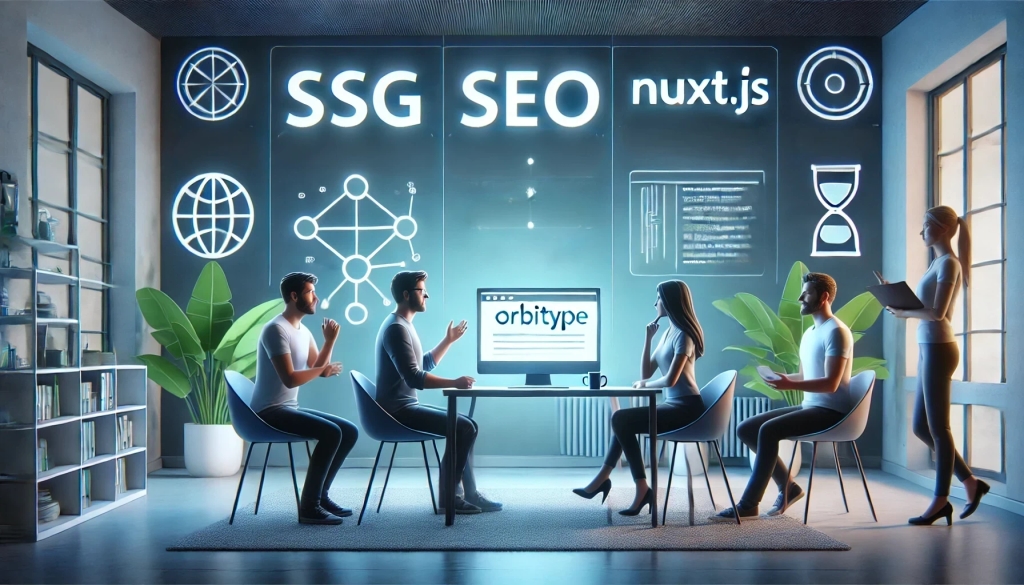
Integrating Orbitype with Nuxt.js for Optimal Performance and SEO
Leveraging Orbitype, a robust headless CMS, with Nuxt.js, a Vue.js framework, provides developers a powerful solution for building fast, SEO-optimized websites. This blog post explores how the integration of Orbitype and Nuxt.js harnesses the benefits of static site generation (SSG) and server-side rendering (SSR), thanks to Orbitype's API-driven content management system.
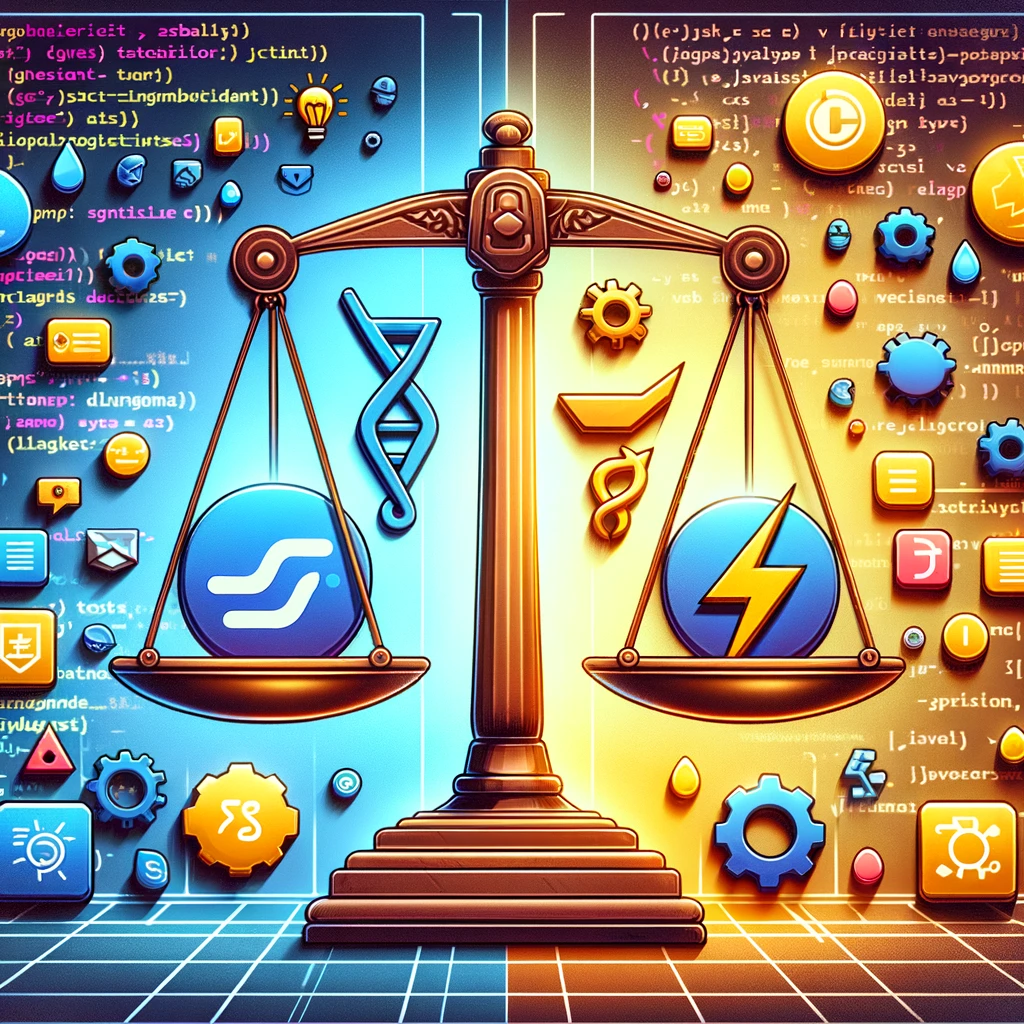
TypeScript vs. JavaScript
Discover the synergy between TypeScript and JavaScript for web development. Learn how Orbitype supports Nuxt CMS, headless CMS for Nuxt, and future-ready digital trends.
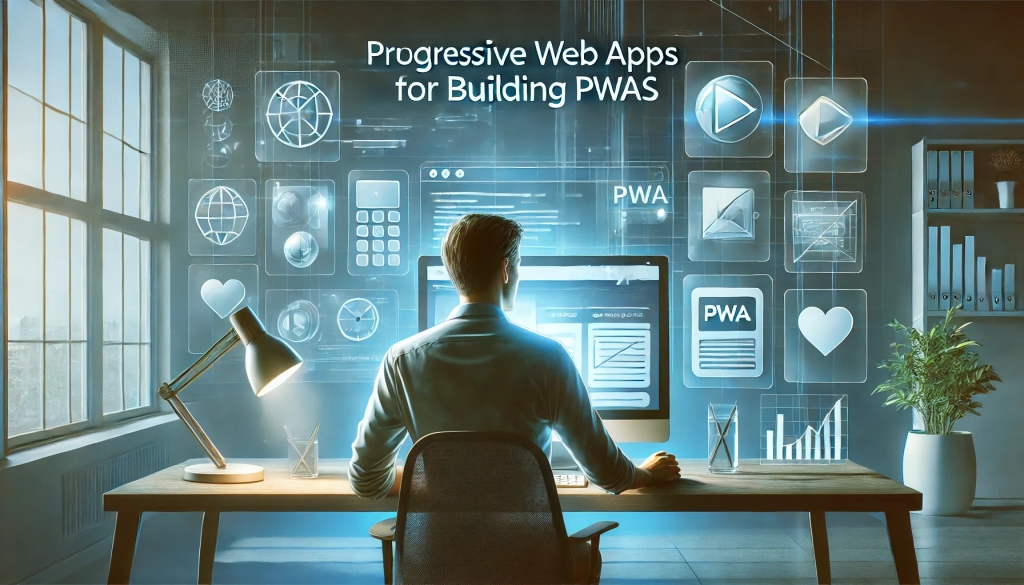
Building Progressive Web Apps (PWAs) with Orbitype
Explore how Orbitype enhances Progressive Web Apps (PWAs) with optimized performance, offline capabilities, and seamless content management for superior user experiences.
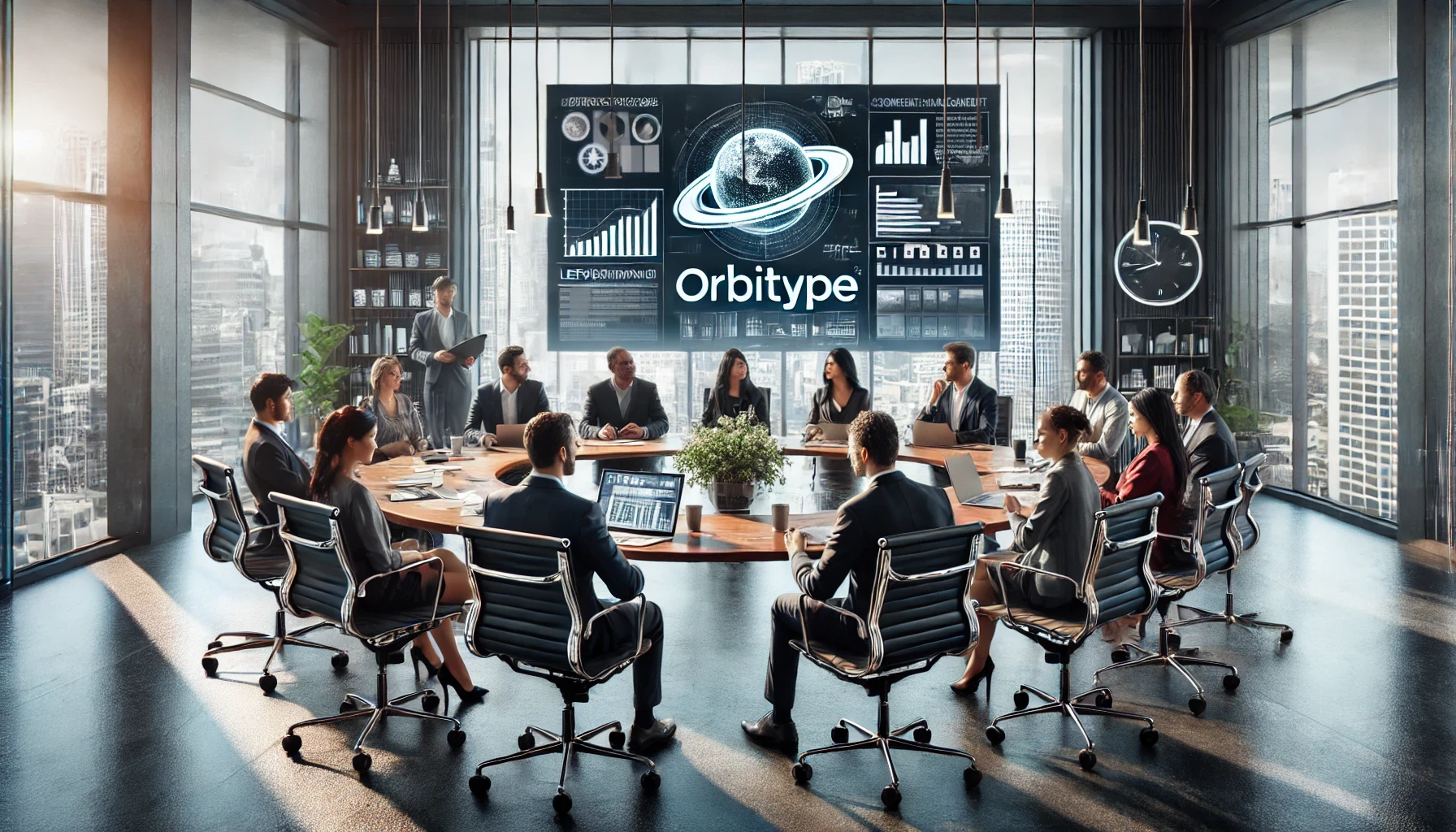
Leveraging Orbitype for Efficient Content Management in E-Commerce
nhance your e-commerce performance with Orbitype CMS. This scalable headless CMS simplifies content management, boosts SEO, and seamlessly integrates with Shopify, WooCommerce, and Magento for dynamic, flexible solutions.

Mastering Third-Party Integrations with a Headless CMS for Efficient Workflows
Streamline workflows and scale your business with seamless third-party integrations using Orbitype's flexible headless CMS—designed for efficiency, automation, and growth.

How Orbitype Compares to Headless CMS Leaders in 2025
Struggling to choose the best CMS? Discover how Orbitype compares to headless CMS leaders in 2025, solving complexity and scalability challenges with ease. Try Orbitype!
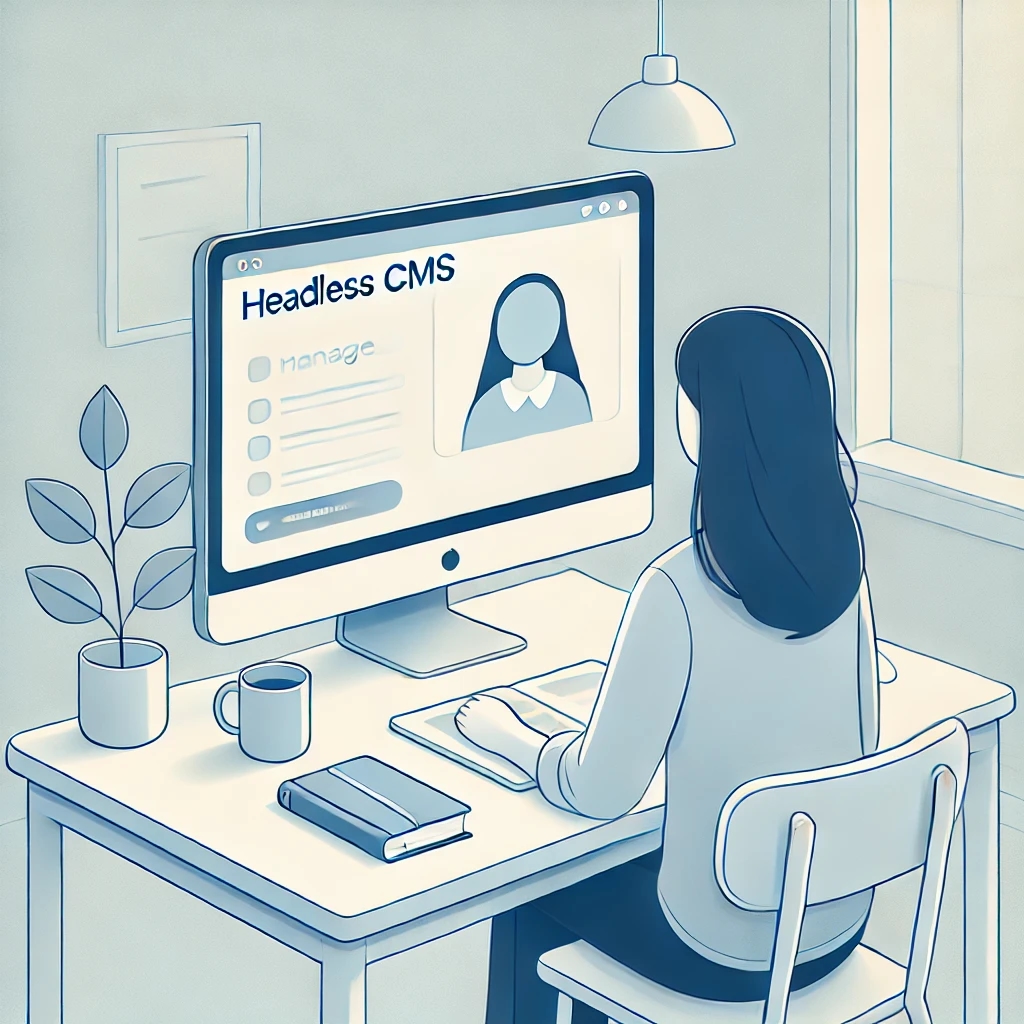
How Educational Institutions Benefit from Headless CMS for Online Learning
Enhance online learning with a Headless CMS. Discover how centralized content management, scalability, and seamless multi-channel access can transform educational platforms.
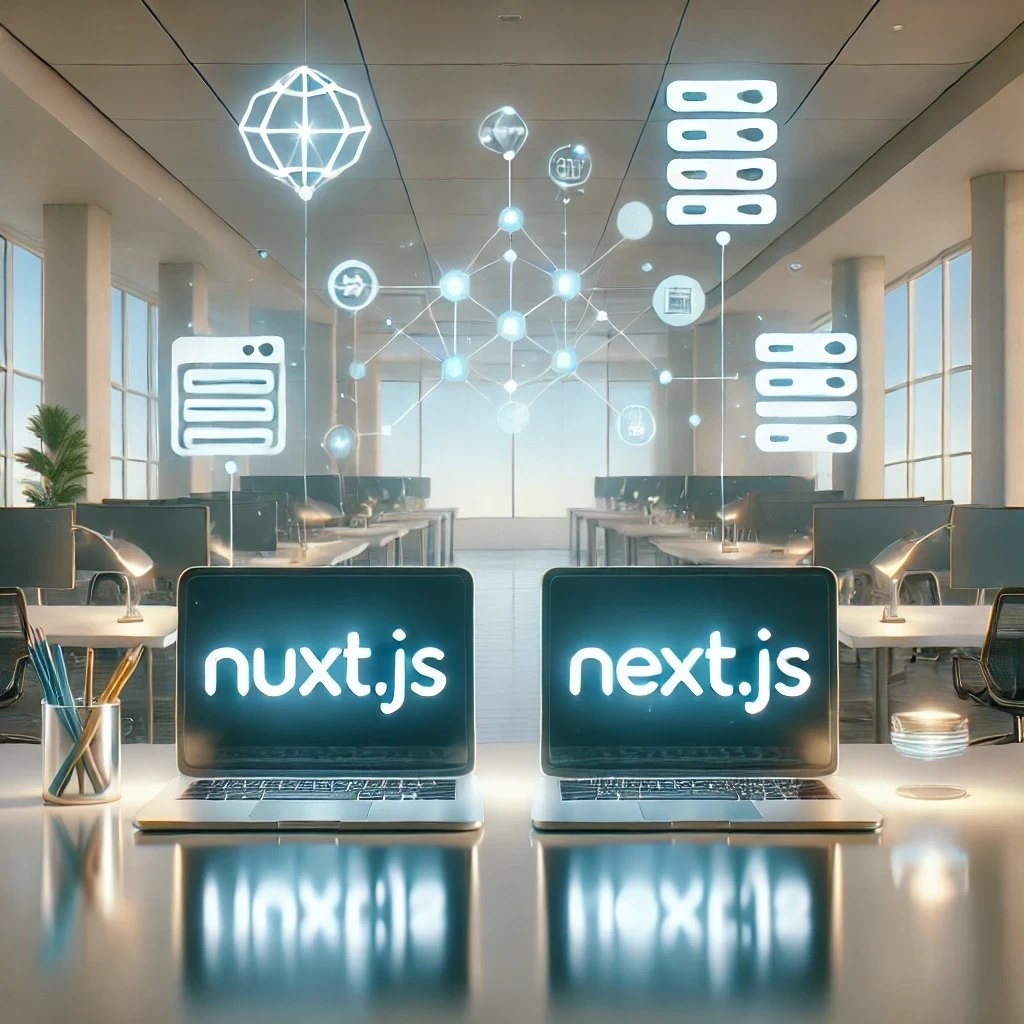
Nuxt vs Next: Which Framework Works Best with Headless CMS?
Compare Nuxt.js and Next.js to find the best frontend framework for your Headless CMS. Discover which offers better performance, scalability, and flexibility for dynamic web projects.
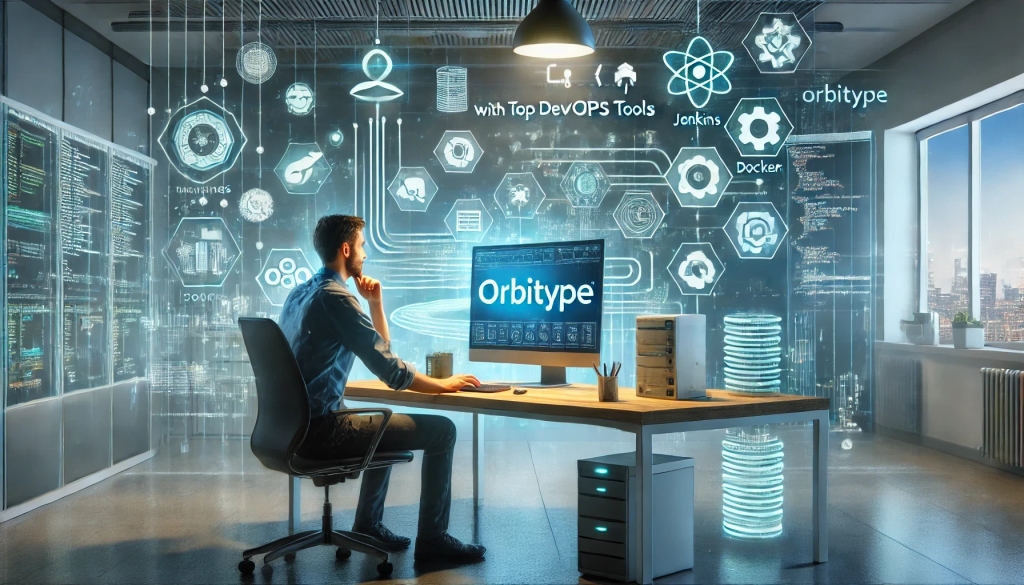
Streamlining Development: Integrating Orbitype with Top DevOps Tools
Discover how to integrate Orbitype with leading DevOps tools like Jenkins, Docker, and Kubernetes. Learn best practices for automating deployments, containerizing Orbitype, and scaling efficiently while streamlining workflows for continuous integration and delivery.

Building High-Performance Vue Apps with a Headless CMS
Discover how to optimize Vue.js apps with a Headless CMS for high performance, scalability, and SEO. Learn best practices and tools for creating dynamic web apps.

SQL or NoSQL: What's Best for Mobile Applications Using Orbitype?
Explore Orbitype, the ultimate headless CMS for React developers, offering seamless content management, enhanced performance, and flexibility to create dynamic web applications with ease. Learn how Orbitype simplifies workflows and boosts productivity.
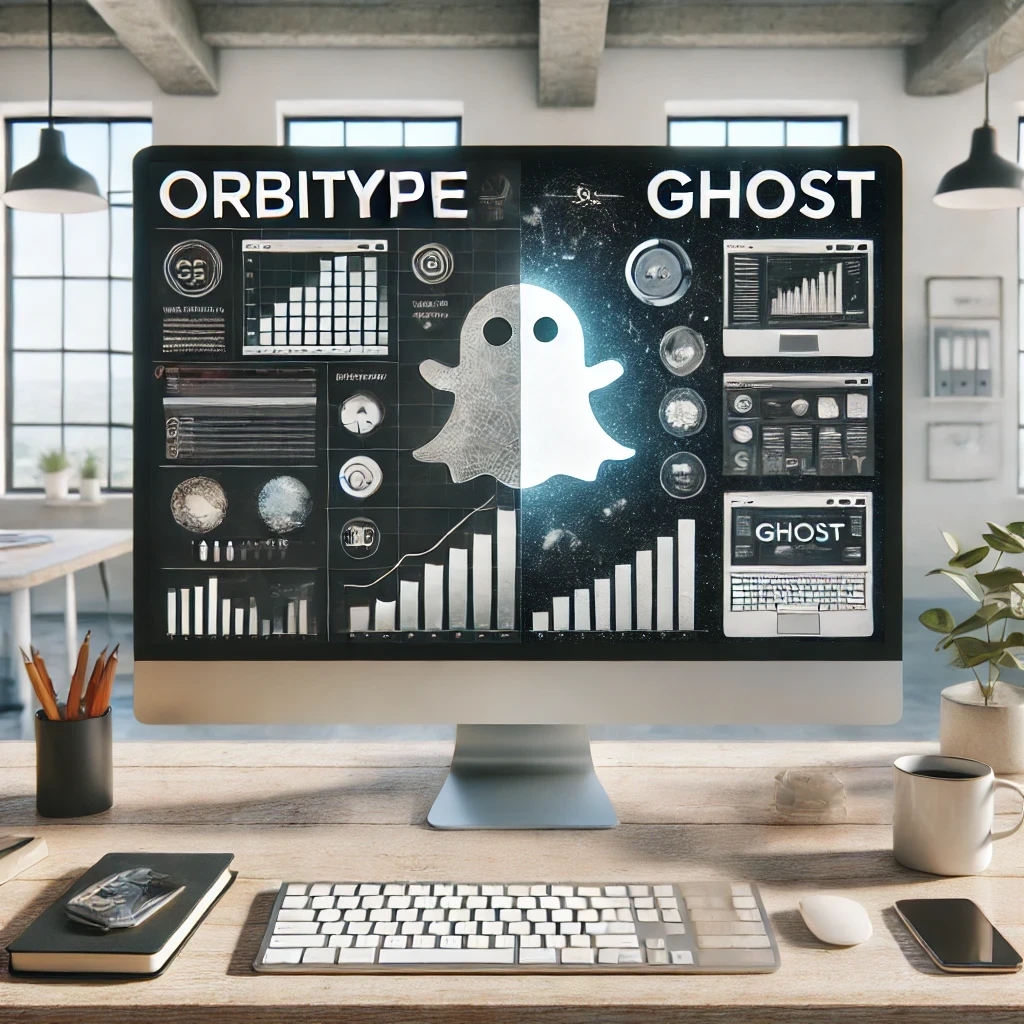
Comparing Orbitype and Ghost: Best CMS for Blogging in 2025
Compare Orbitype and Ghost to find the best CMS for blogging in 2025. Discover which platform suits your goals, from scalability to simplicity and dynamic content
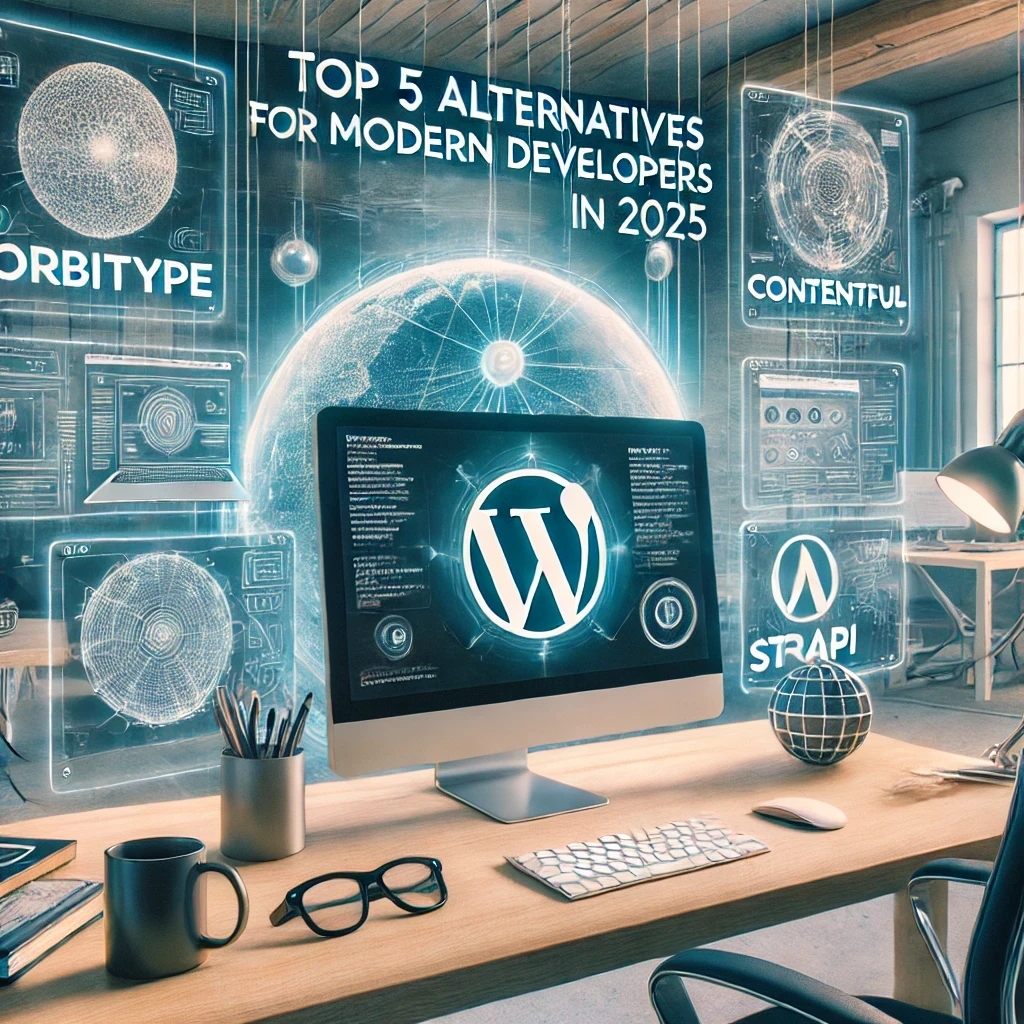
Top 5 Alternatives to WordPress for Modern Developers in 2025
Discover the top WordPress alternatives for 2025, including Orbitype, Contentful, and Strapi. Explore modern CMS platforms offering scalability, flexibility, and cutting-edge tools for developers.

Security and Compliance in Headless CMS: Focus on Orbitype
Explore headless CMS security with Orbitype: advanced authentication, data encryption, and compliance with GDPR & CCPA. Learn best practices for secure CMS operations.

10 Tips for Optimizing Core Web Vitals in Headless CMS Websites
Discover 10 actionable tips to optimize Core Web Vitals for Headless CMS websites. Improve performance, SEO, and user experience with these essential strategies.
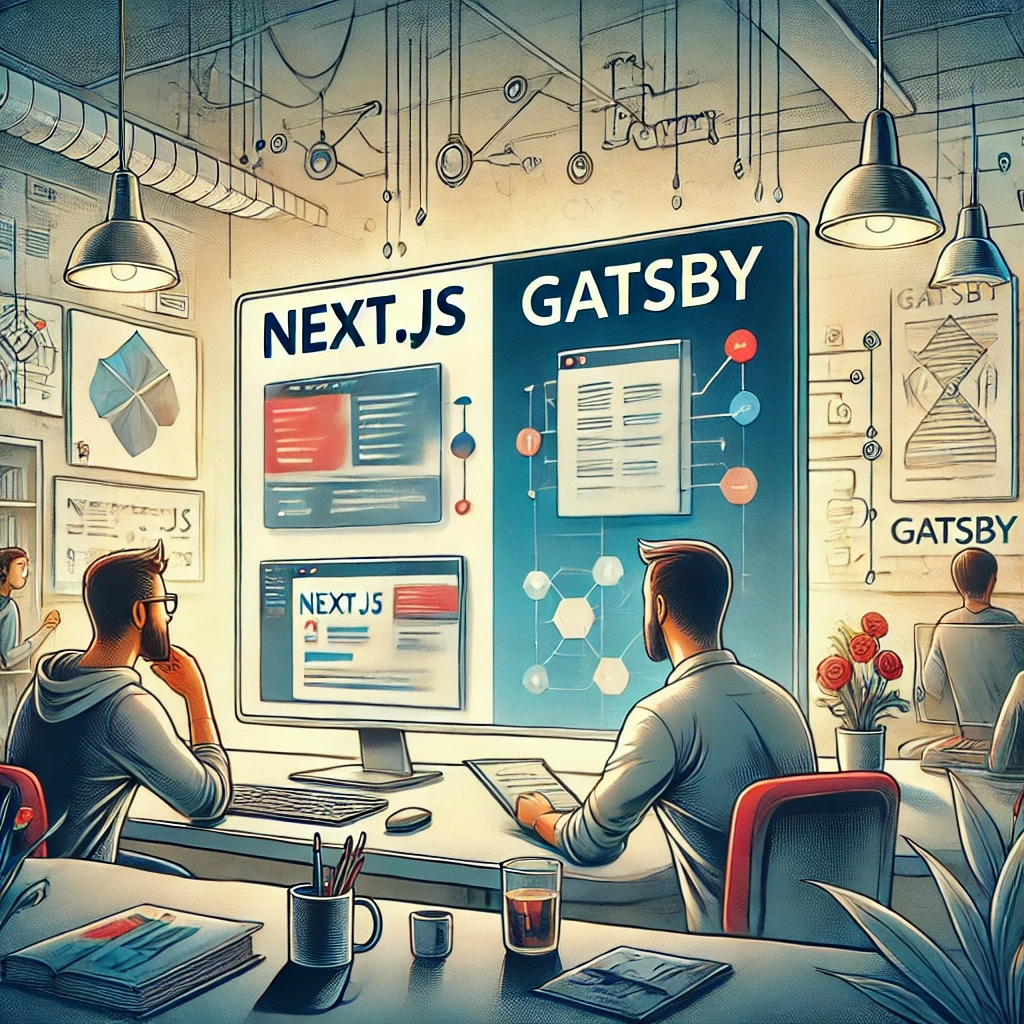
Next.js vs Gatsby: Which Works Best With a Headless CMS?
Choosing between Next.js and Gatsby can be challenging when working with a Headless CMS. This guide breaks down their strengths and helps you decide which framework works best for your dynamic or static content needs.

CMS for Vue.Js - Orbitype Headless CMS
Explore Orbitype, the best Headless CMS for Vue.js, offering seamless API integration, dynamic content management, and unmatched performance for interactive front-end development.
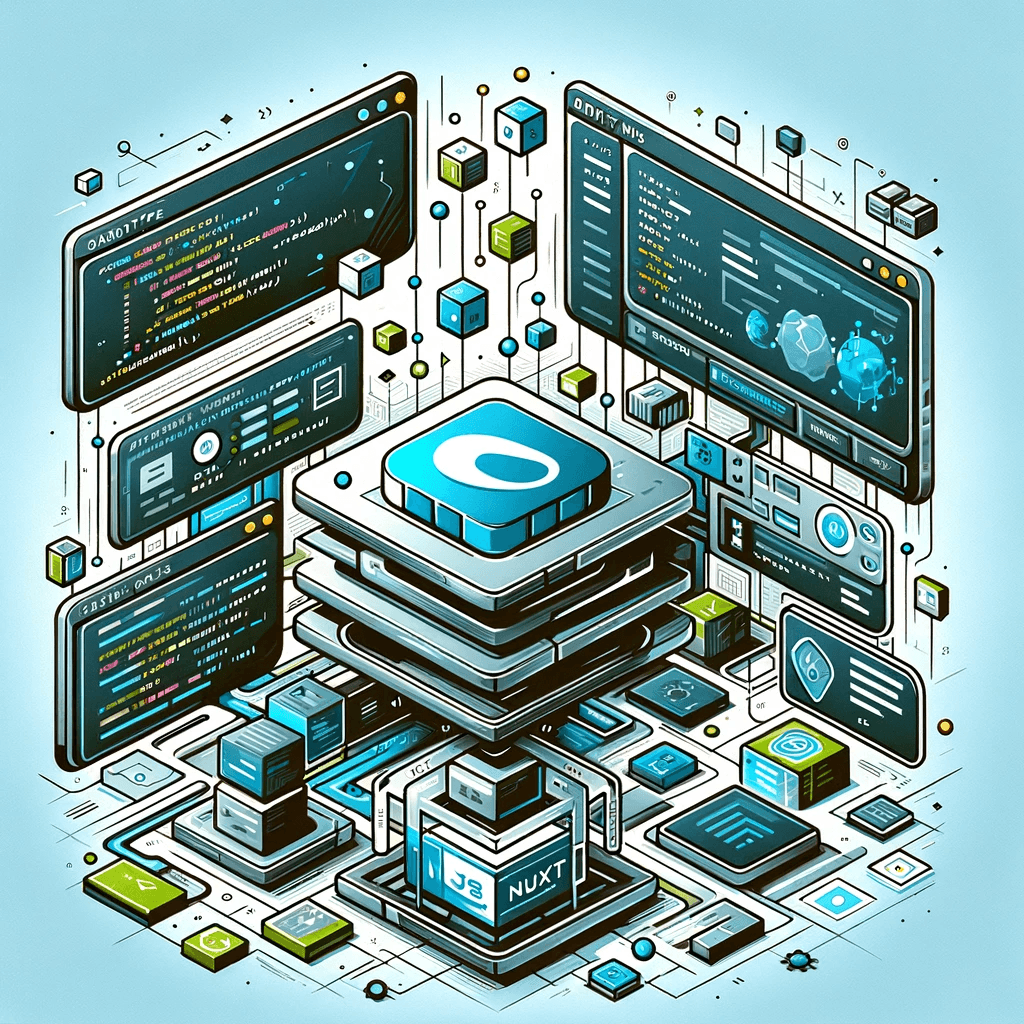
CMS for Nuxt - Orbitype Headless CMS
Optimize your Nuxt.js projects with Orbitype, the API-first Headless CMS offering scalable content management, multimedia repositories, and enhanced SEO for modern web applications.

Best Headless CMS Solutions for Portfolio and Personal Websites
Showcase your work with ease using Orbitype—the ultimate Headless CMS for portfolio and personal websites. Enjoy seamless integration, powerful customization, and SEO-friendly features designed for creators and developers.
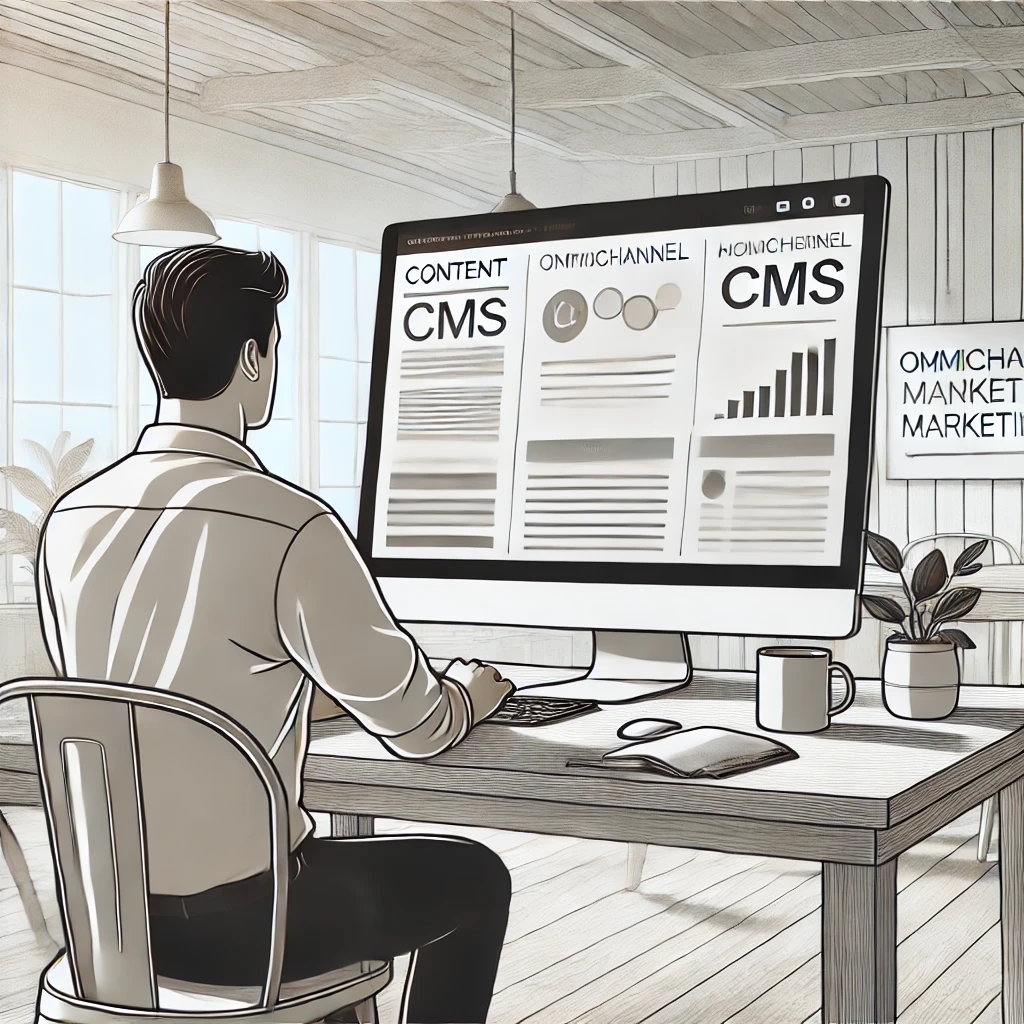
How Headless CMS Empowers Omnichannel Marketing Strategies
Boost your omnichannel marketing strategy with a Headless CMS. Centralize content management, deliver personalized customer experiences, and ensure consistency across platforms.

How to Scale Your Website with a Headless CMS for High Traffic
Scale your website effortlessly with a headless CMS like Orbitype—achieve faster load times, seamless scalability, and reliable performance during high-traffic surges

CMS for React - Orbitype Headless CMS
Orbitype is the ideal CMS for React developers, combining seamless API integration, flexible content management, and scalability to create fast, dynamic, and customizable web applications effortlessly.
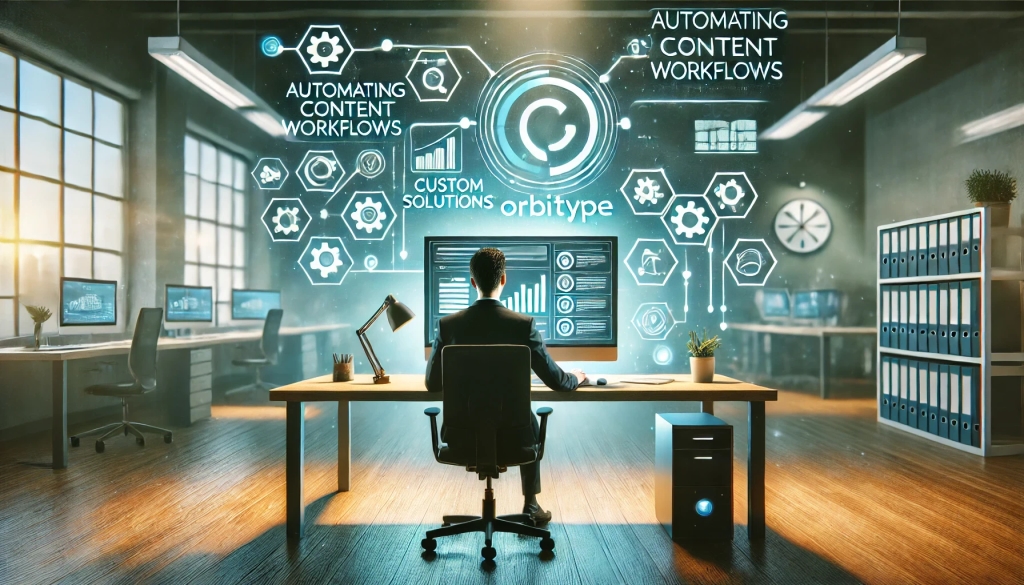
Automating Content Workflows with Orbitype’s Custom Solutions
Discover how Orbitype's custom CRM and ERP solutions revolutionize content workflows. Automate processes, reduce manual tasks, and improve productivity for software development agencies with tailored tools for seamless collaboration and efficiency.